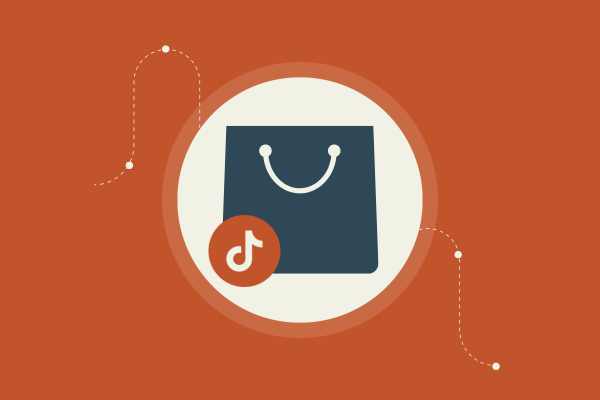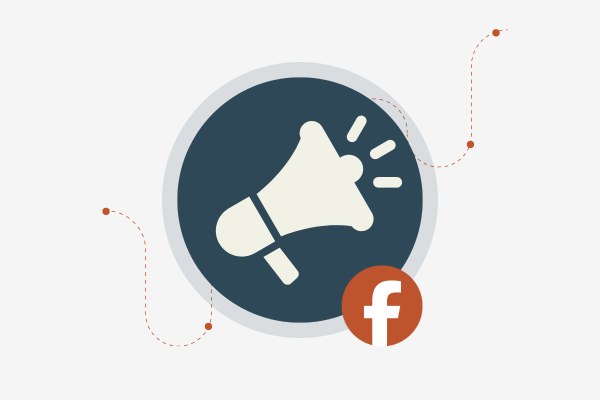The 4 Stages of Scaling an eCommerce Business: From Zero to Hero
Ready to turn your eCommerce passion into a booming success? Scaling an eCommerce business isn't just about luck; it's about mastering each stage of growth. Understanding and executing the four stages of scaling can transform your startup into a successful brand. This journey will guide you from laying a solid foundation to ramping up customer acquisition and retention.
Get ready to dive into the art of turning first-time visitors into lifelong customers. It's not just about getting them through the door but keeping them coming back for more. Every tweak and improvement you make in customer experience boosts your conversions and fuels your growth.
When you’ve built the right systems, your business runs like a well-oiled machine. Scaling your operations is key to sustainable growth. We'll explore how you can make your eCommerce engine run so smoothly that you’ll wonder how you ever managed otherwise.
Key Takeaways
Master the stages of scaling for business growth
Focus on customer acquisition and retention
Streamline operations for sustainable success
Laying the Groundwork for E-commerce Success
To get your eCommerce business on the right track, you need to know what market you're diving into. You also have to create a business model that makes sense and build a strong online presence. All these elements set the stage for your eCommerce triumph.
Understanding Market Dynamics and Consumer Demand
First off, you gotta know your market. It's like trying to fish without knowing if there are any fish around. Keeping up with market trends is crucial. Check out what’s trending and see where consumer demand is heading.
Social media is a goldmine for this. Watch what people are talking about and what problems they need solved. Surveys and feedback loops with potential customers — priceless! Don’t just assume you know what people want. Ask them! Use data to back up your hunches. The market's always changing, and staying tuned in will keep you ahead of the game.
Crafting a Solid Business Model and Brand Identity
Your business model is the backbone of your eCommerce operation. You gotta decide how you'll make money and who your target audience is. Will it be a subscription model, single item sales, or maybe even bundles?
Now, let’s talk brand identity. This is who you are and what you stand for. Think of it like the personality of your business. Make it something customers remember. Consistency is key — from your logo to your packaging. You want your brand to be recognizable everywhere.
Be bold, be unique, but most importantly, be you. Customers connect with transparency and authenticity. They’re more likely to be loyal when they know who they’re buying from.
Building Your Online Presence with an Optimized E-commerce Platform
Having a slick website is not optional. This is your storefront, so make it count. Choose platforms like Shopify or WooCommerce wisely. Each has its strengths and caters to different needs.
SEO is your best friend here. Use keywords in your product descriptions to make sure people find you. SEO best practices make a huge difference. Also, don’t forget about mobile optimization. Most folks shop on their phones now.
Focus on creating a smooth customer experience. Easy navigation, fast loading times, and clear calls to action will keep customers coming back. Make it easy for them to find what they need, and they’ll thank you with their business.
Ramping Up: The Art of Customer Acquisition and Retention
To scale your eCommerce business efficiently, focus on acquiring new customers while keeping existing ones happy. Nail your marketing strategies to bolster both customer acquisition and retention, ensuring your brand stays top of mind.
Leveraging Digital Marketing and Social Media Strategies
Want more eyes on your products? Use digital marketing to grab attention. Social media platforms are goldmines for reaching new customers and engaging with your current ones. Posting regularly and using targeted ads can bump your brand visibility and customer engagement.
Create content that resonates and sparks conversation. Encourage customers to share their experiences, building a community around your brand. Listening to customer feedback is key. It shows you care, leading to improved customer satisfaction.
Fine-Tuning SEO and Content Marketing for Maximum Reach
Get your store noticed by focusing on SEO and content marketing. SEO boosts your search rankings, making it easier for potential customers to find you. Use specific keywords that your target audience searches for. This is crucial for attracting and acquiring new customers.
Content marketing helps too. Write blogs or articles that address customer pain points. This positions you as an authority in your space. It’s not just about selling. Provide value, and you’ll keep customers returning. That’s customer retention at its finest.
Utilizing Email & Influencer Marketing To Boom Your Base
Email marketing is powerful. Send personalized offers and newsletters to keep your audience engaged. This keeps your brand at the forefront of their minds, boosting customer retention. It's like having a sales conversation right in their inbox.
Team up with influencers for an extra push. Influencers can give you access to a wider audience. Choose ones that align with your brand values. Their endorsement can drive customer acquisition and enhance your brand visibility.
Combine email and influencer strategies for a one-two punch that builds your customer base and keeps them loyal.
Boosting Conversions and Customer Experience
Let's talk business. You want your eCommerce site to turn visitors into buyers and keep them coming back for more. It’s about making things smooth and personal, so customers love the ride. Ready to level up?
Optimizing Website Performance and User Experience
Your website should load like a rocket. Slow pages? That's a big no-no. Nobody wants to wait. For fast loading, clean up your code and use better hosting.
Make navigation a breeze. If customers can’t find what they want, they’ll leave. Keep your menus simple and your search bar sharp.
Mobile matters. Most people shop on their phones. Your site needs to look and work great on any screen.
Enhancing Product Offerings and Checkout Processes
Ever left a site because the checkout took forever? Yeah, you’re not alone. You need a smooth and quick checkout process. Offer guest checkouts and multiple payment options. Make it easy for people to give you their money.
Your product selection should be top-notch. Think about what your customers really want. More options aren't always better. It’s about the right options.
Highlight your bestsellers and new arrivals. Make them pop with great images and clear descriptions.
Implementing Data Analytics for Personalization and Insights
Data is your best friend. Get to know your customers through analytics. What do they like? What do they buy? Use that info to tweak your site and products.
Personalize the shopping experience. If you can suggest a product that fits their style, you’ll see those conversions rise. Use customer preferences to tailor their experience.
Track habits and trends. This isn’t just about today. Use data to see what’s coming next. Staying ahead helps you keep growing.
Scaling Operations for Sustainable Growth
When you're scaling your eCommerce business, you need to focus on making operations run smoothly while growing your market reach. It’s about getting your logistics right, exploring new territories, and finding smart ways to get the cash you need. Let’s dive in to see how you can make this happen.
Streamlining Logistics with Automation and Order Fulfillment
Automation is your best friend when it comes to eCommerce logistics. You want to automate everything you can. Software tools can handle inventory management and order processing. This cuts down on errors and speeds things up.
Think about using automated warehouses or systems where robots can pick and pack orders. These setups reduce the time it takes from receiving an order to shipping it out. Plus, it keeps your headcount low.
Order fulfillment needs precision. Automated tracking helps you monitor stock levels. Knowing when to restock or push sales helps in avoiding overstock. Your goal? Faster delivery with fewer mistakes.
Expanding Market Reach and Exploring New Markets
Growing an eCommerce business isn’t just about more sales. It’s about finding new customers. You gotta expand your market reach. Think internationally. There’s a world out there waiting.
Do some digging into potential new markets. Look at demographics and buying habits. Tap into social media to learn where your target audience hangs out. When you know, you can tailor your marketing efforts.
Don't forget about localizing your website. Language, currency, and culture matter. Make your site friendly for different regions. Expanding your market reach means thinking global, acting local.
Securing Financing and Efficient Growth Paths
Scaling requires capital. You need money to grow, but how do you get it without drowning in debt? Look into smart financing options.
Consider venture capital or crowdfunding. Each has its pros and cons.
Explore flexible financing options. Lines of credit and loans can offer quick cash flow. Just keep an eye on interest rates and repayment terms.
Think about reinvesting profits back into the business. You can fuel growth without borrowing.
As you expand, keep measuring ROI from different areas. Efficient growth paths mean using your resources smartly.







